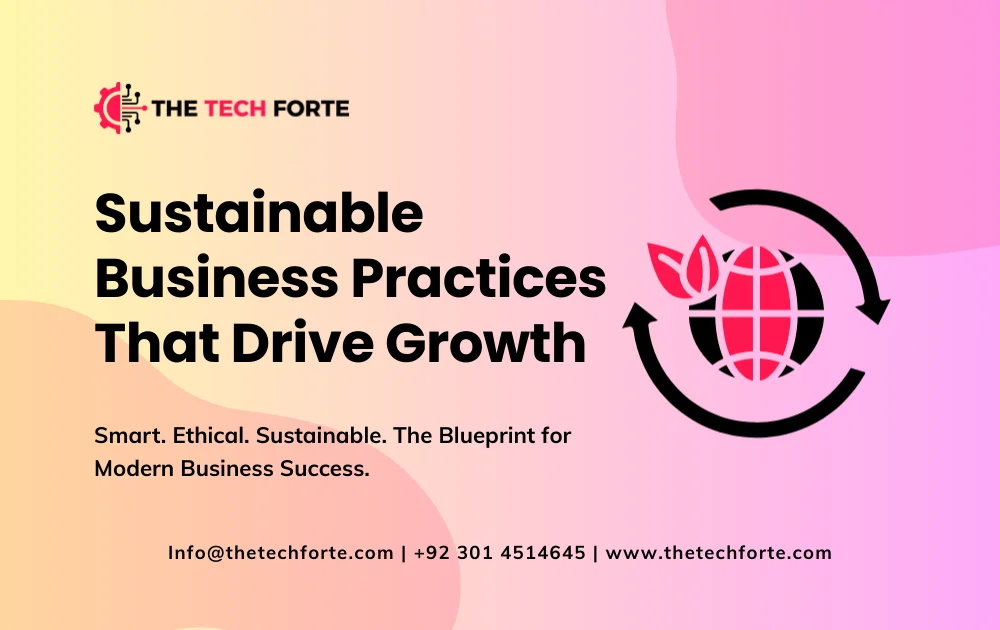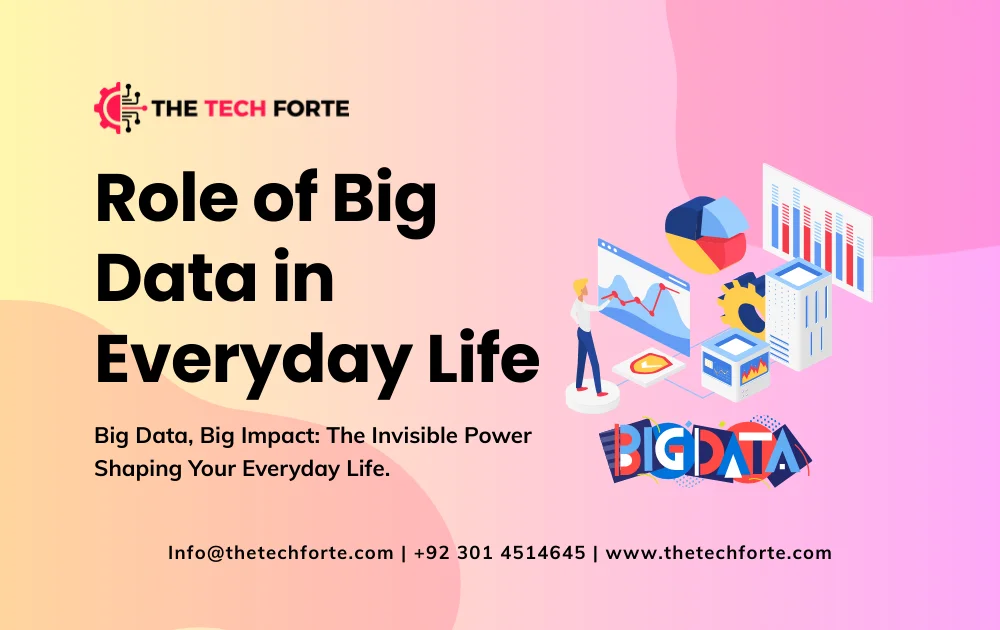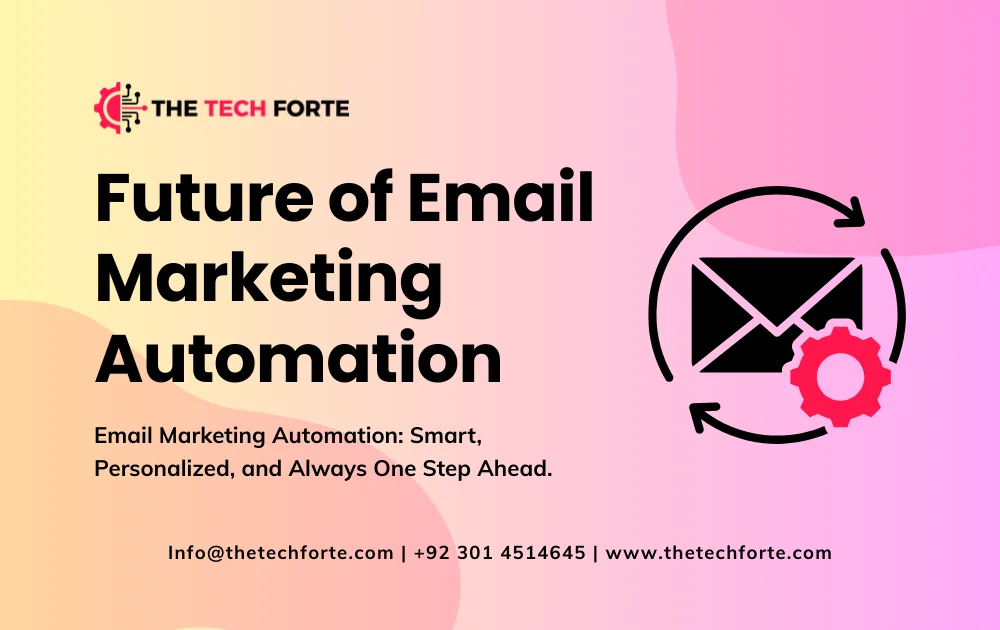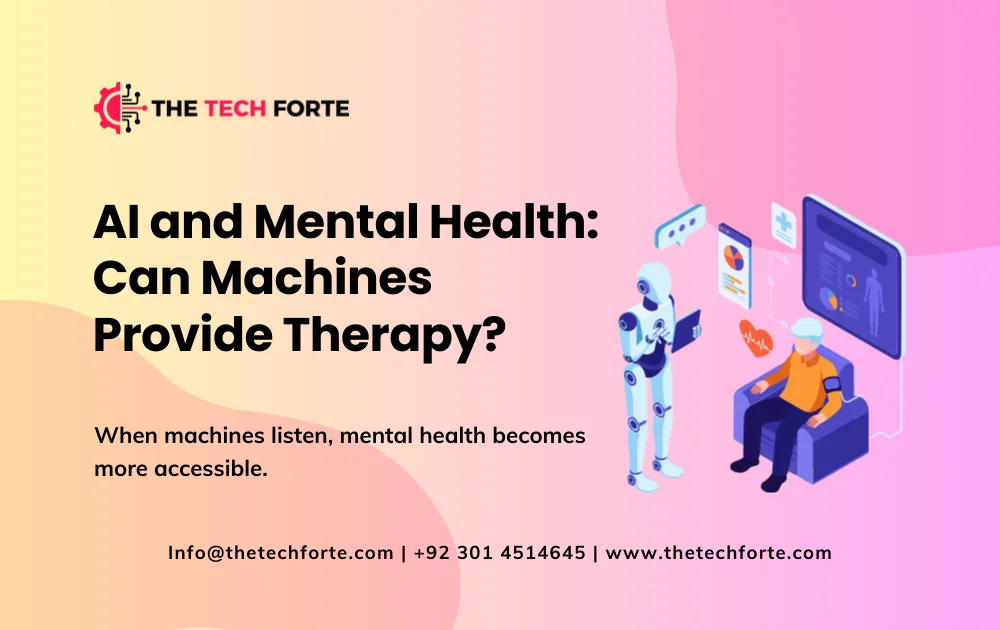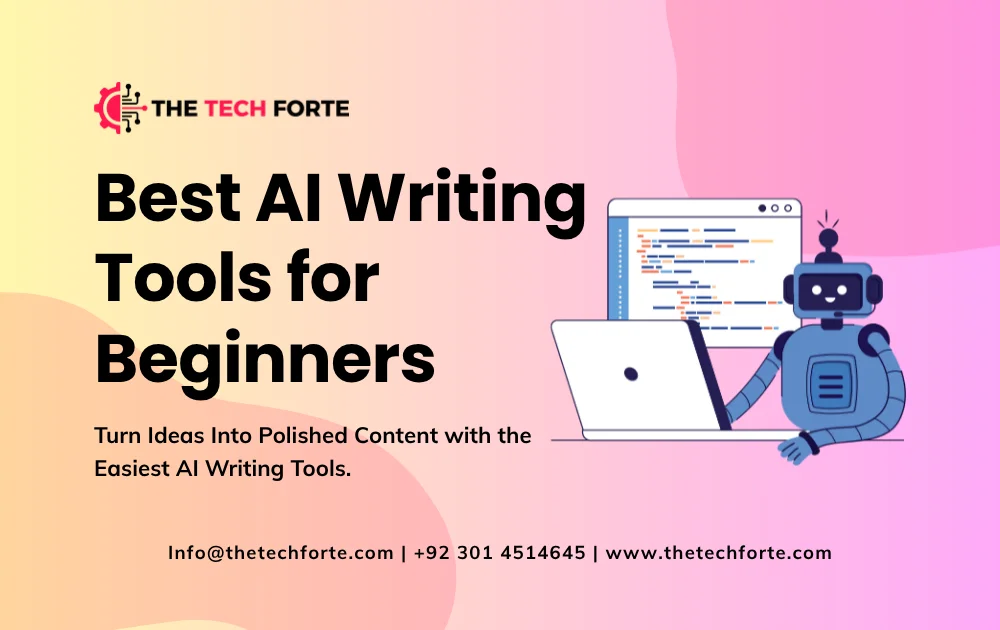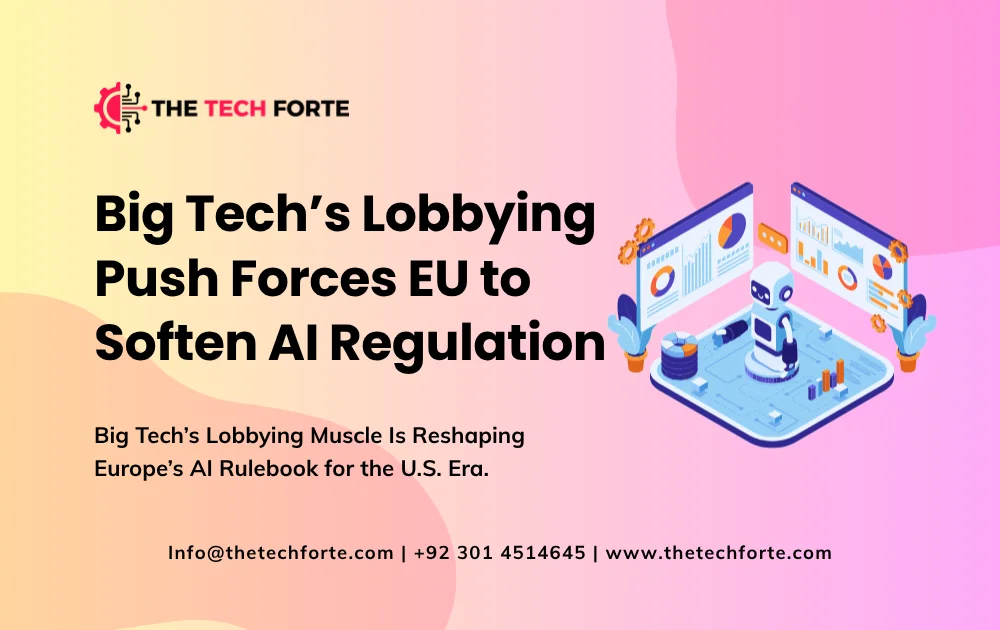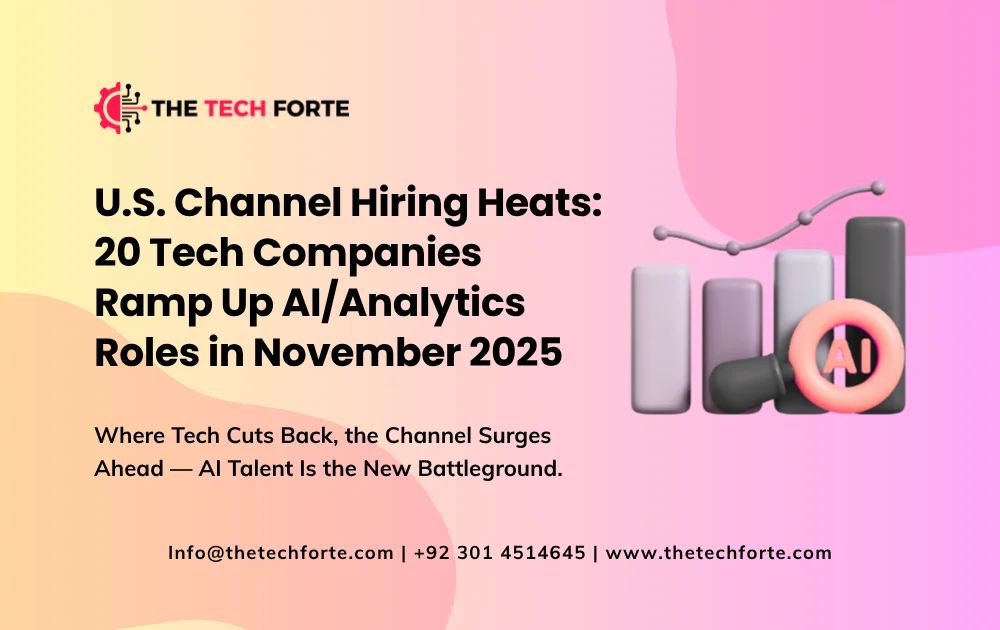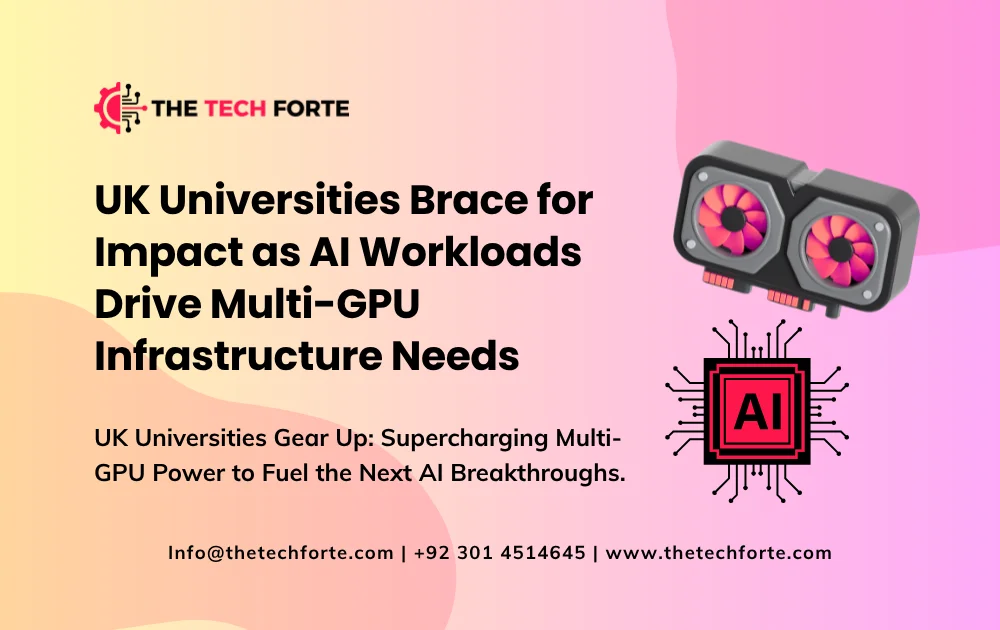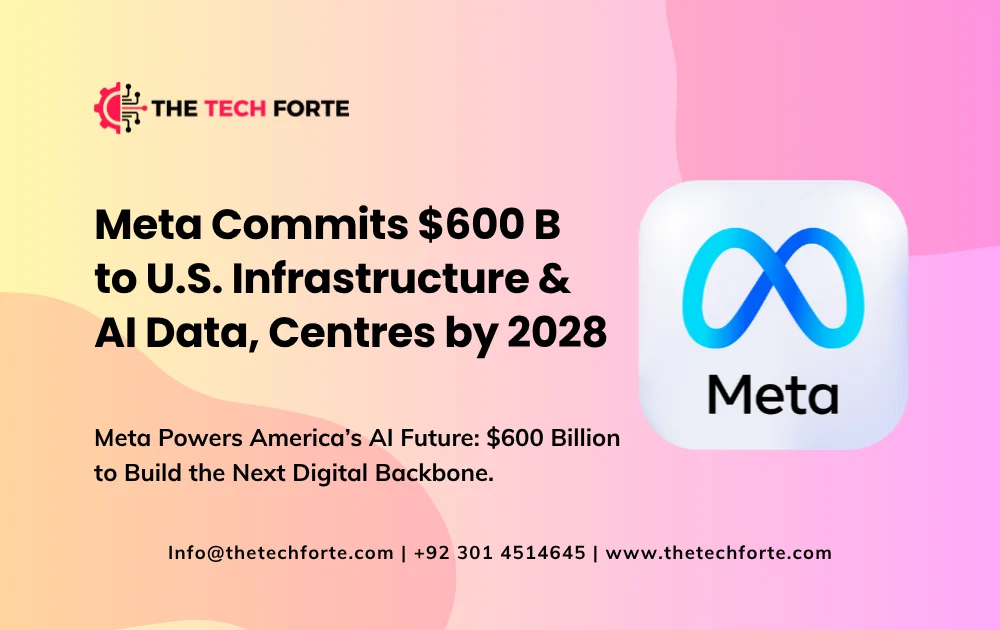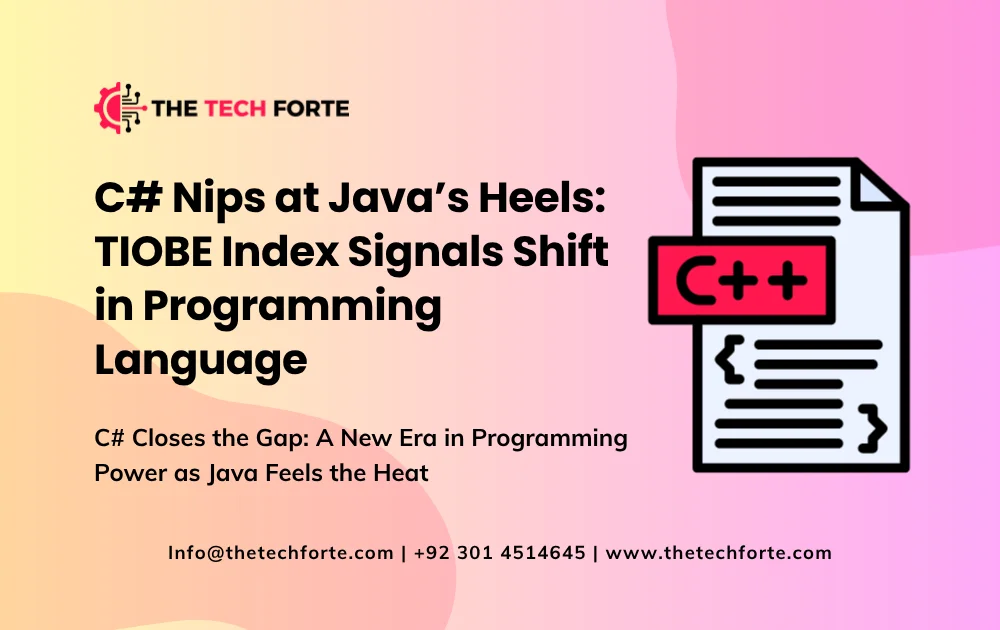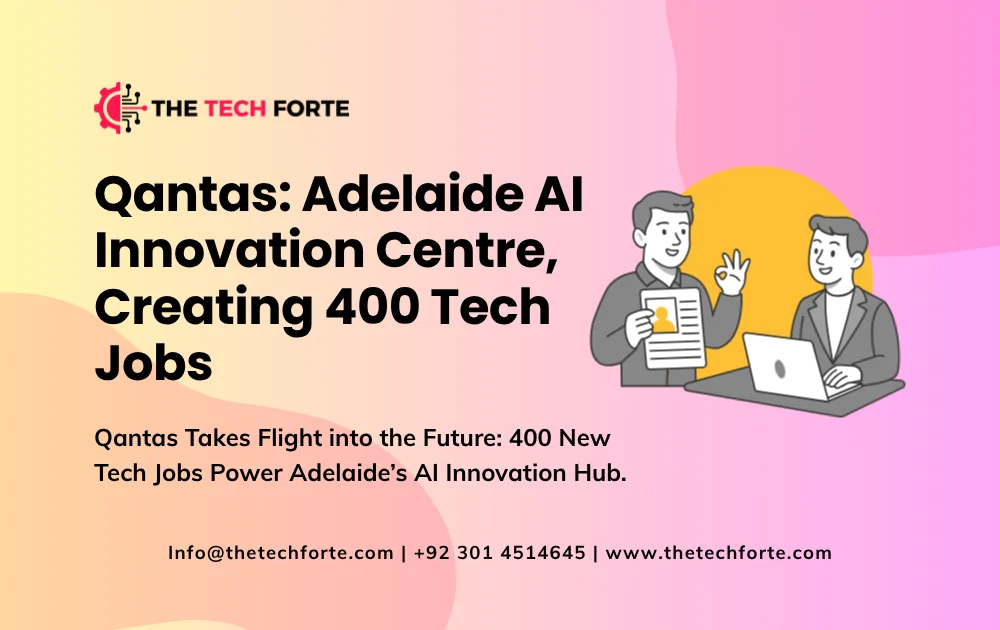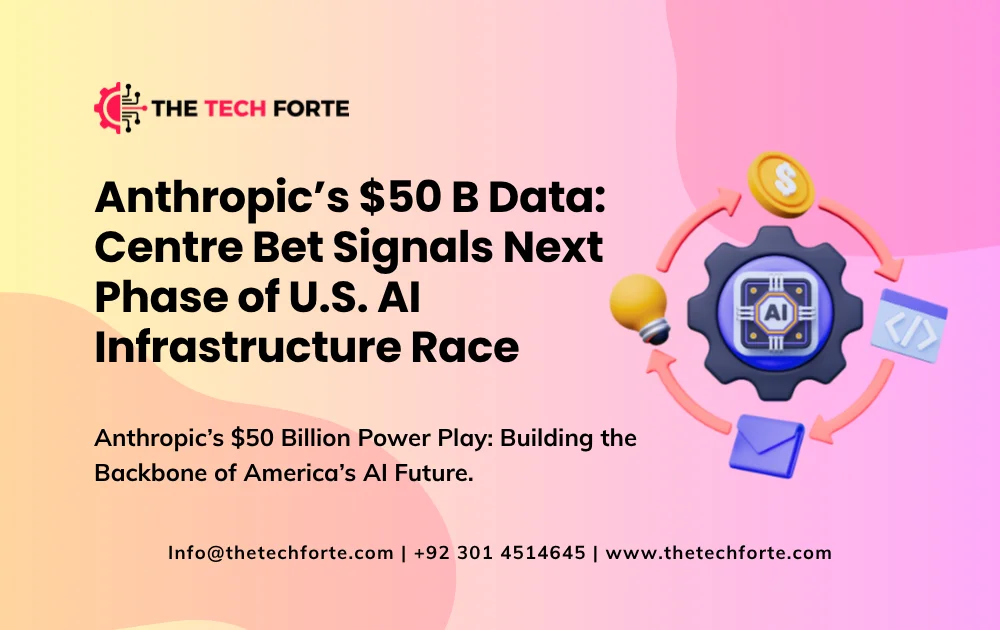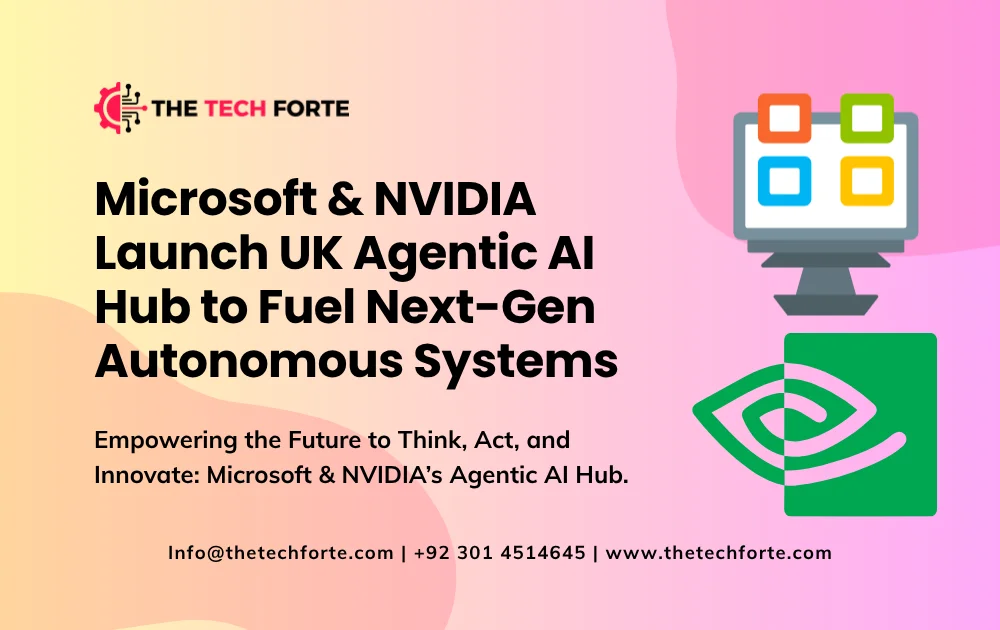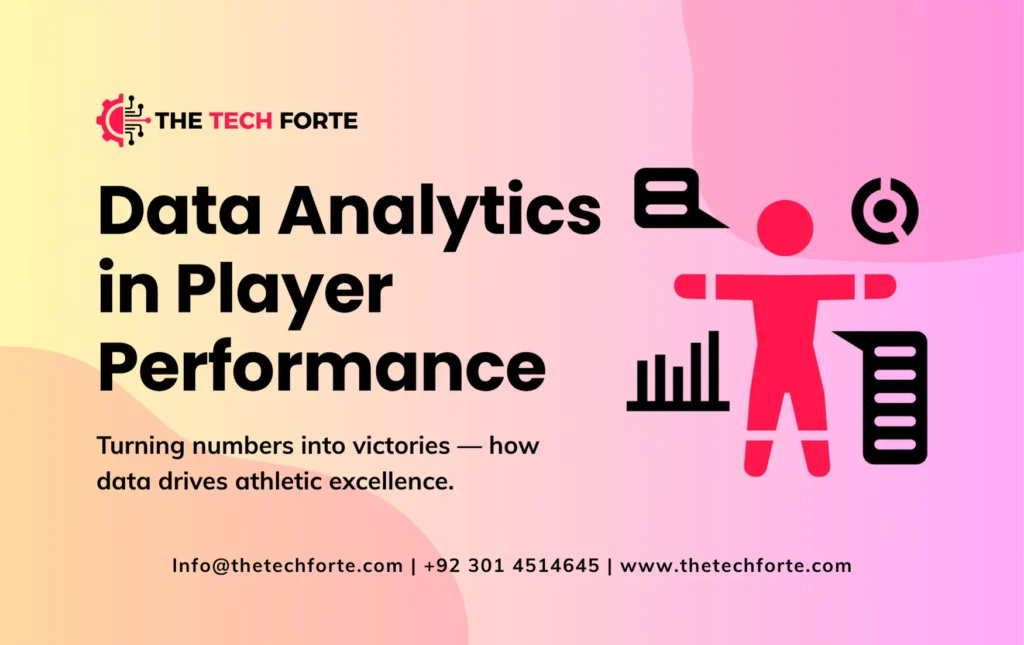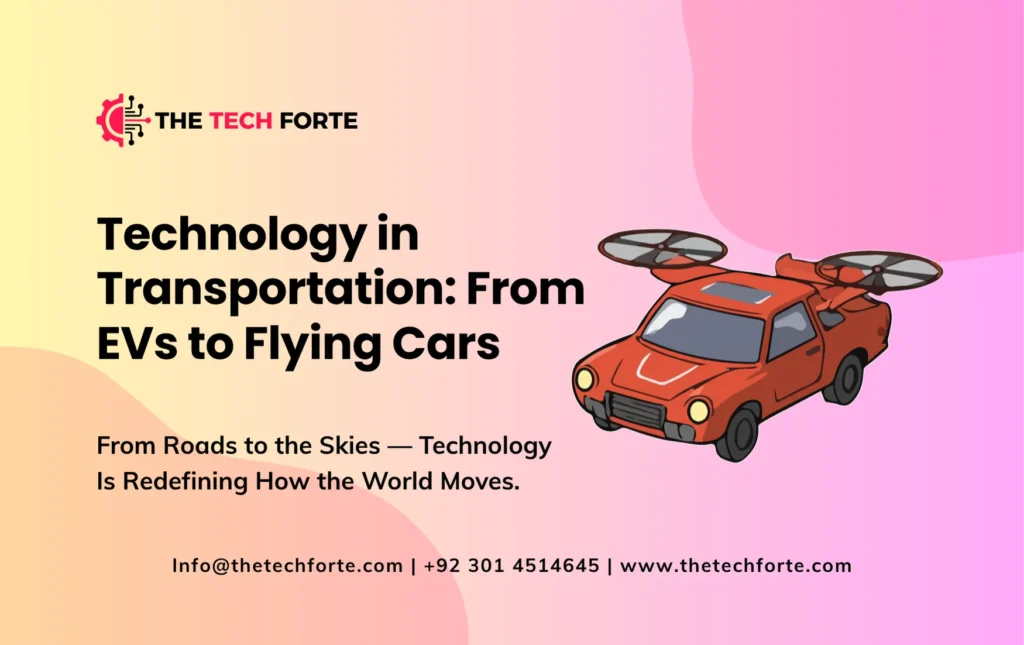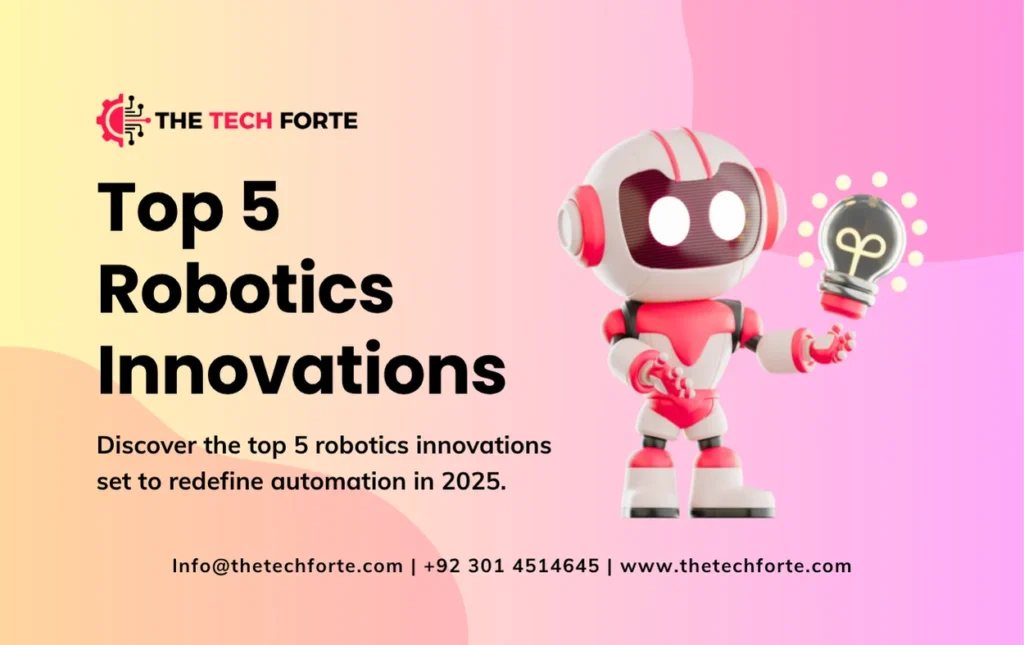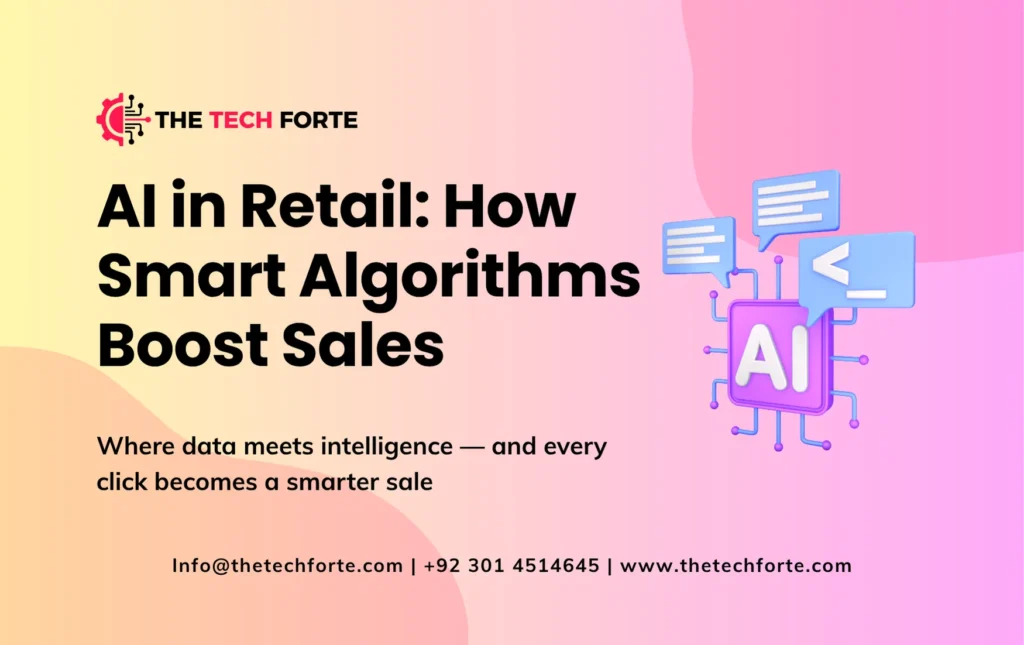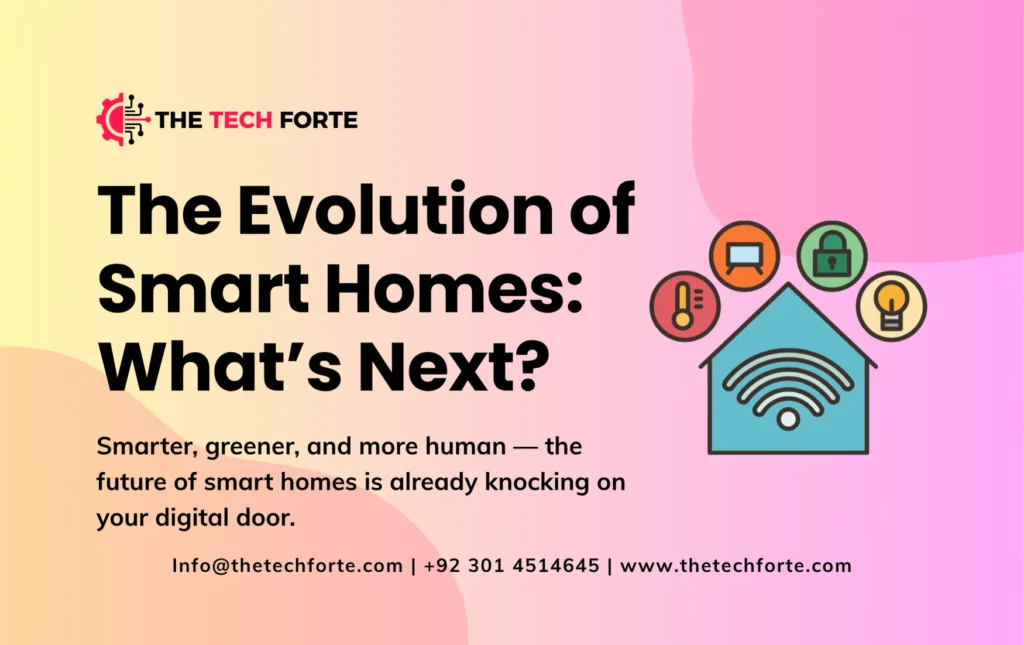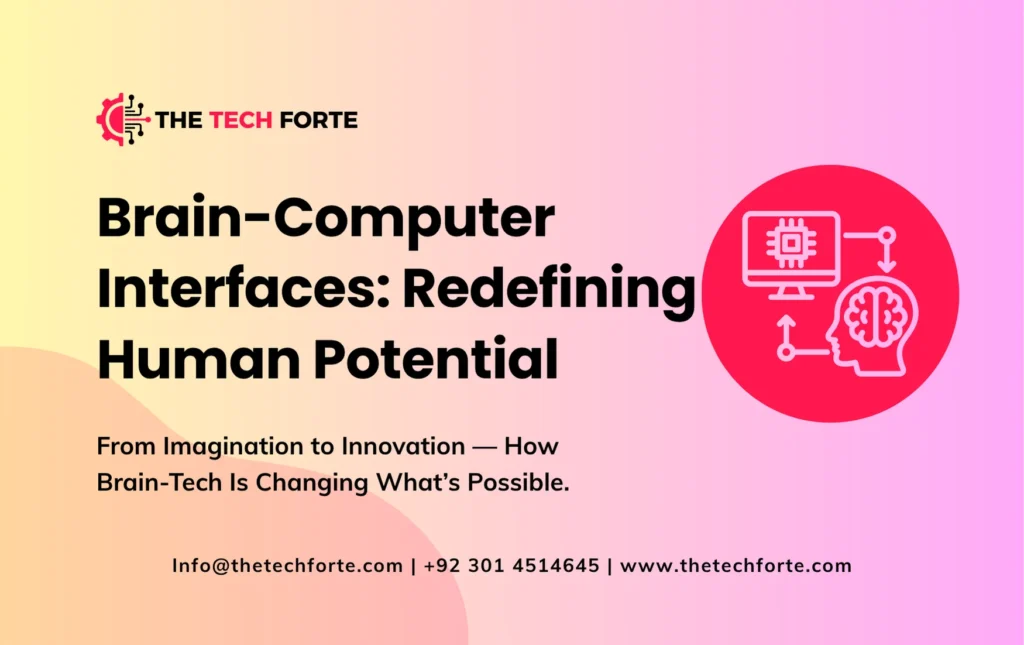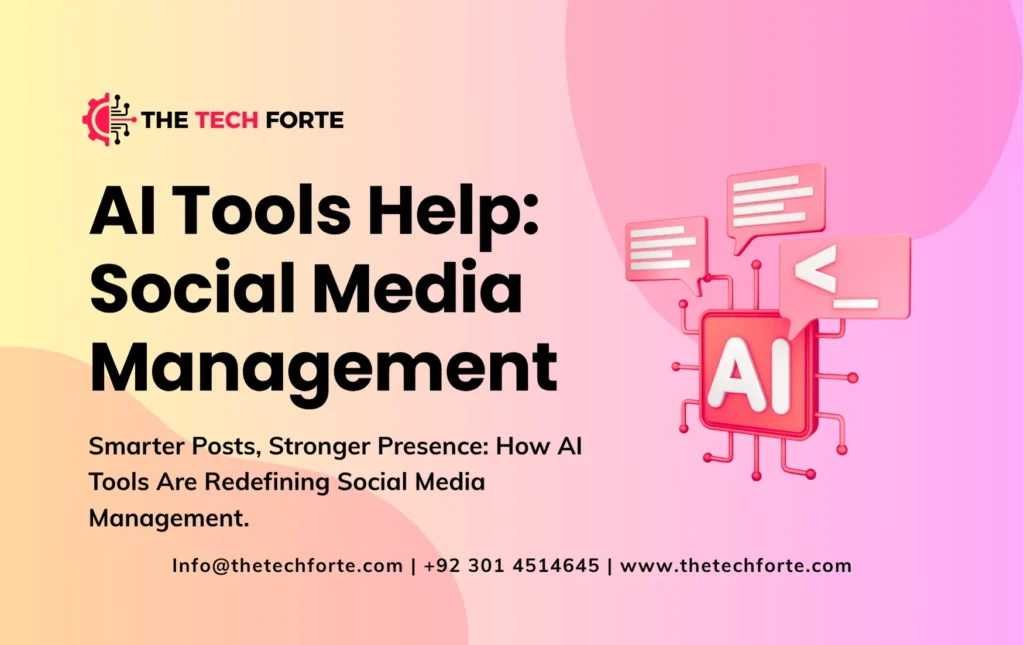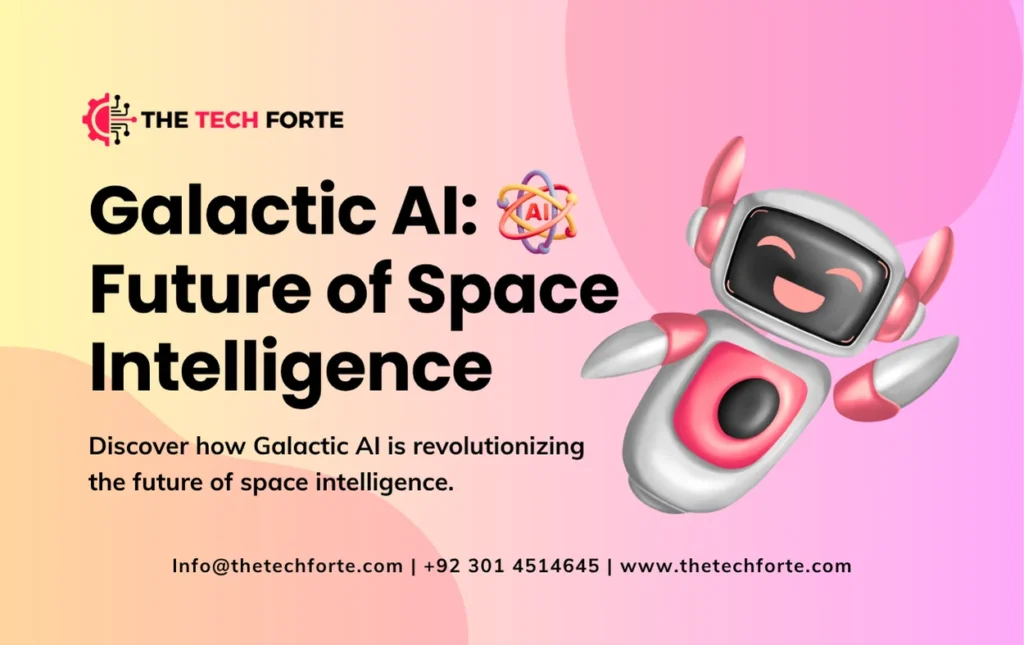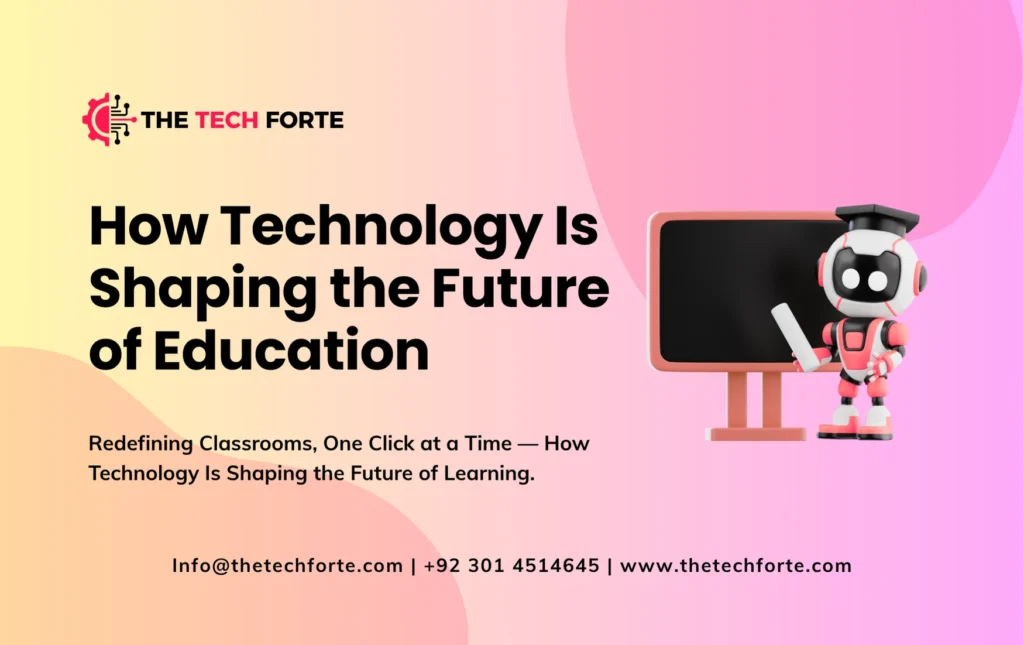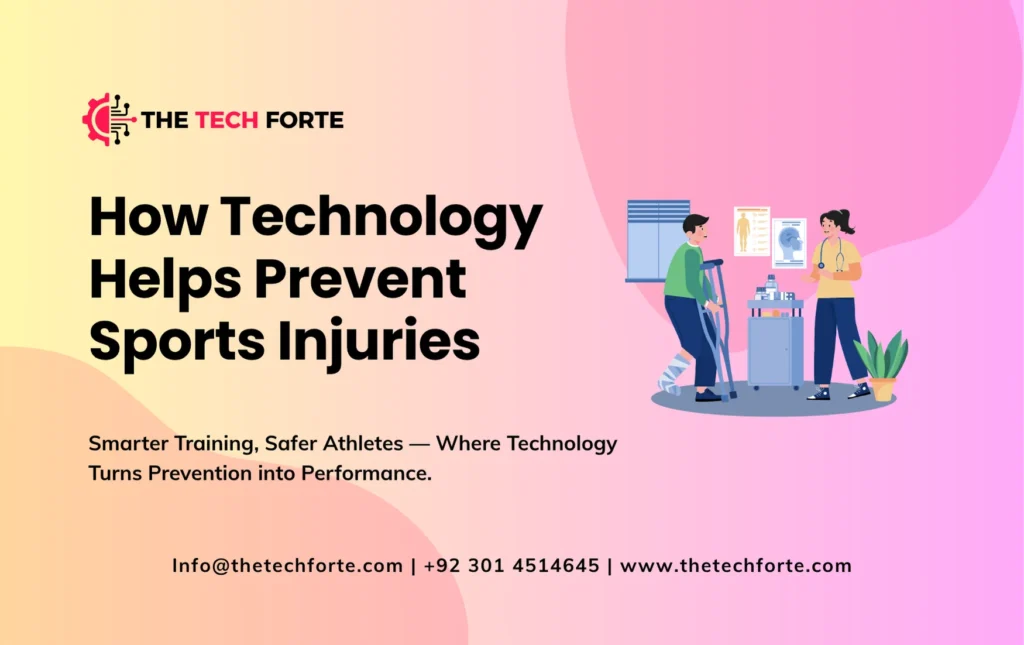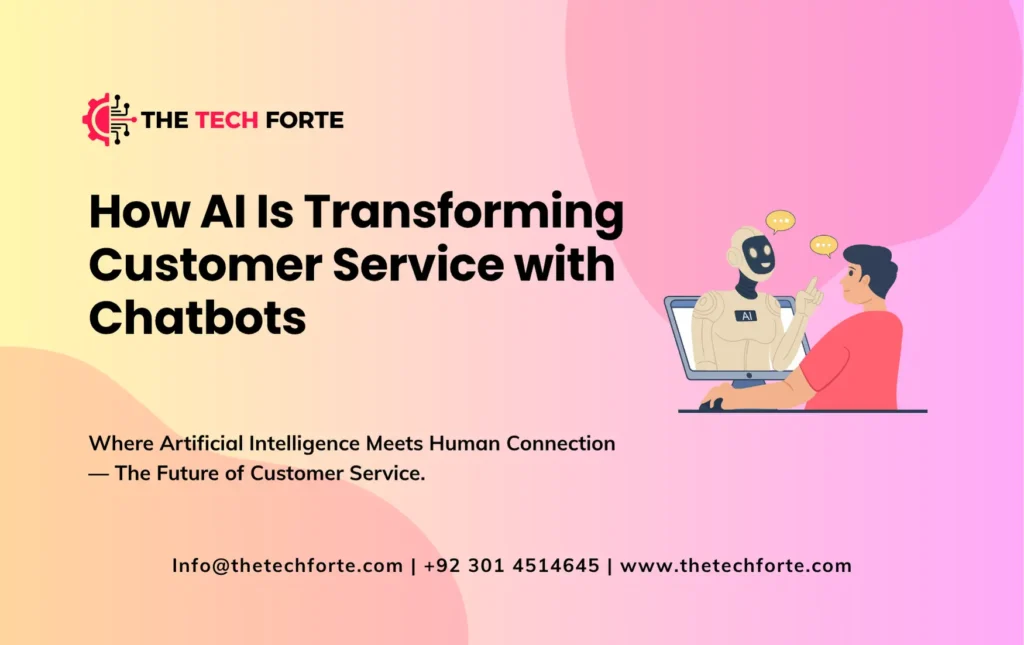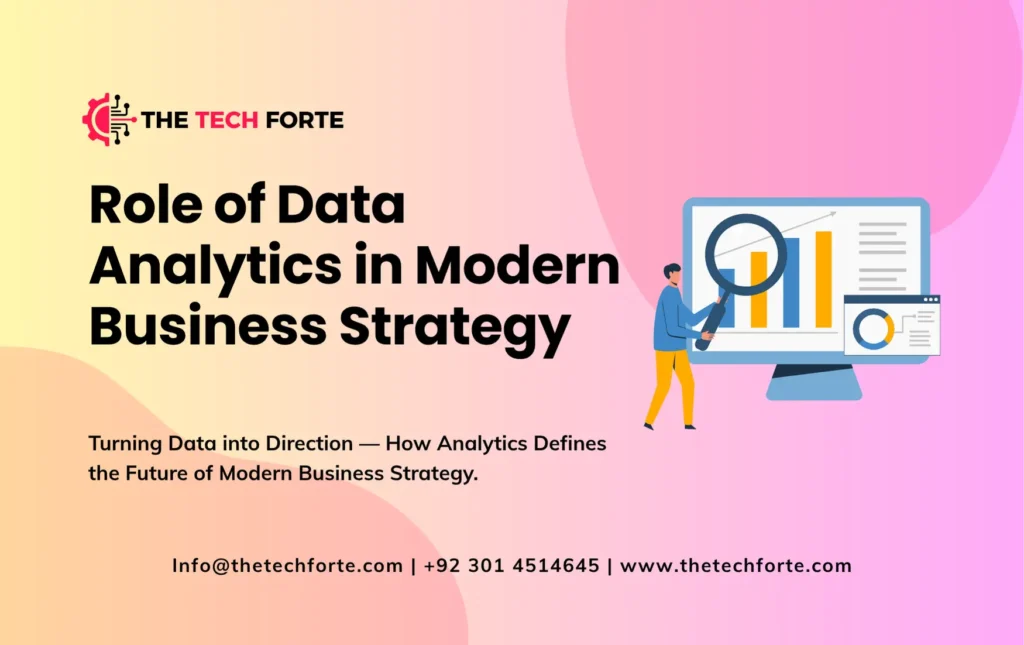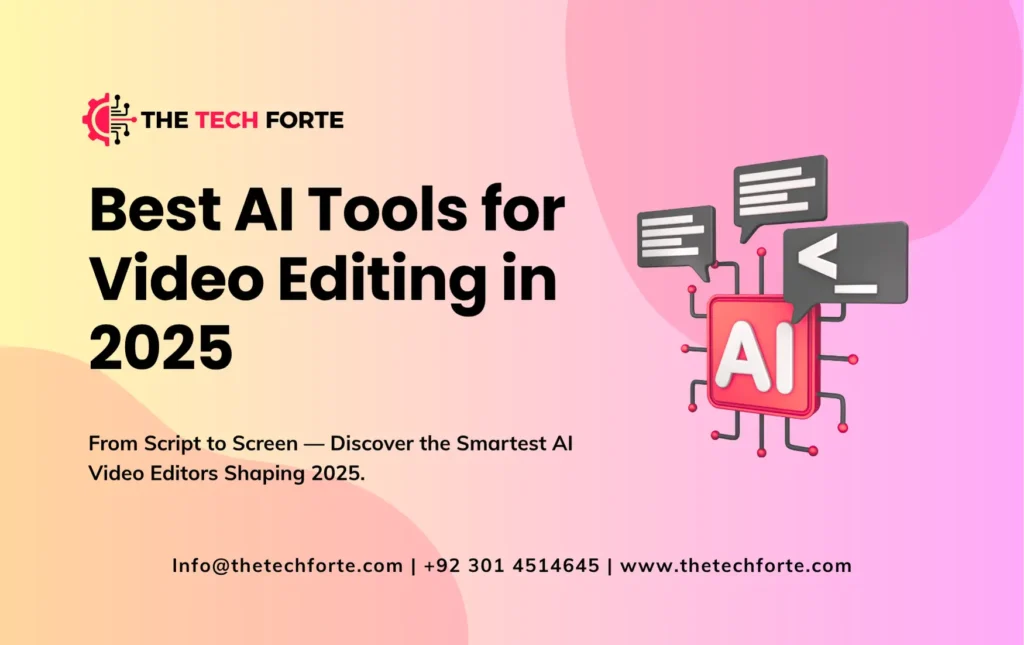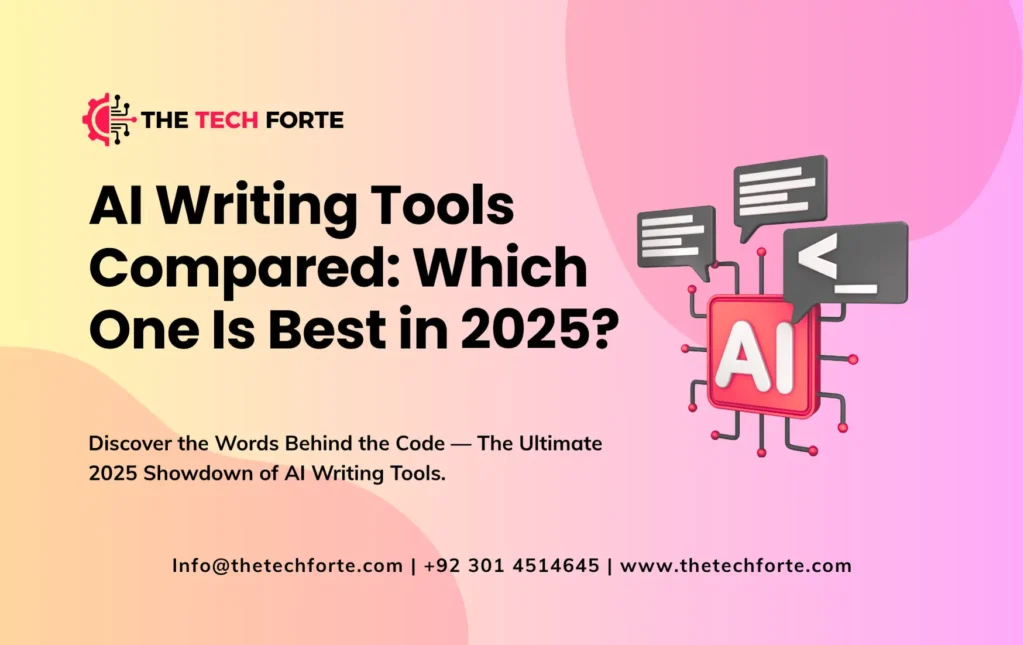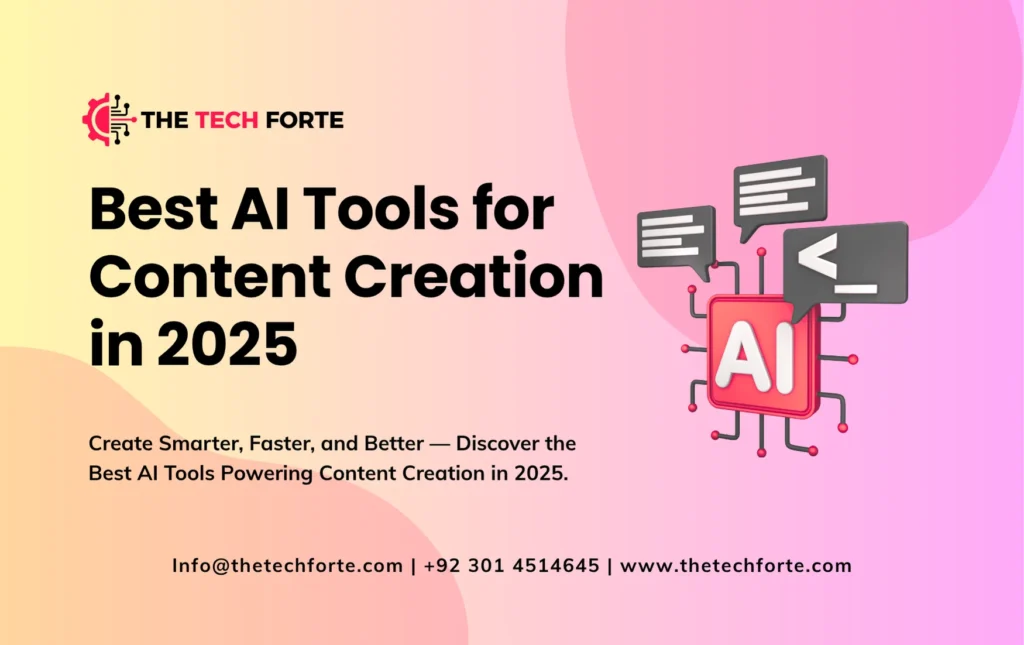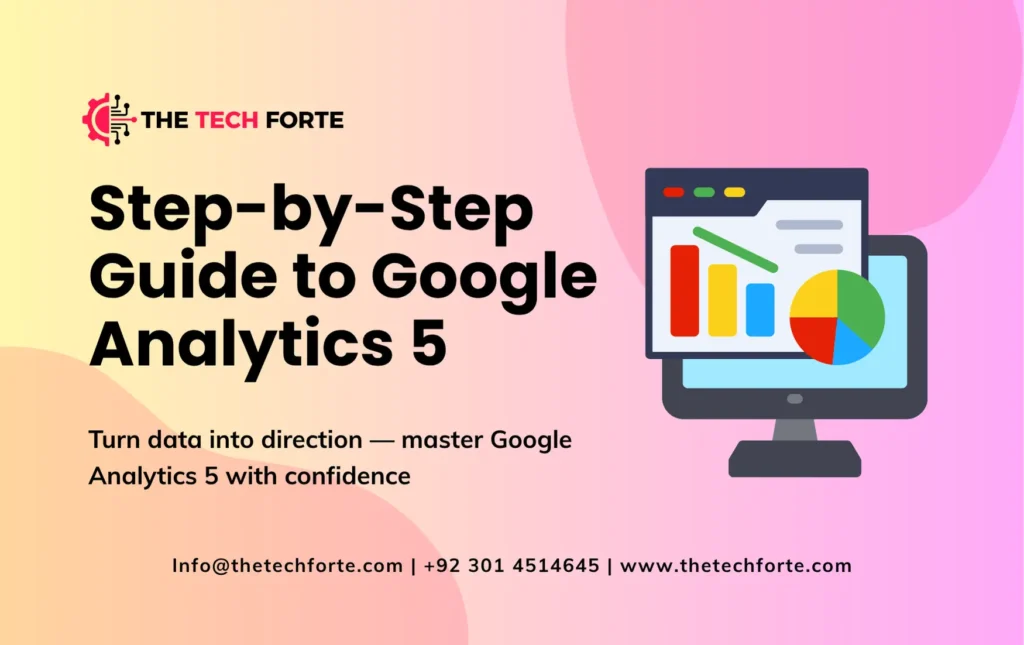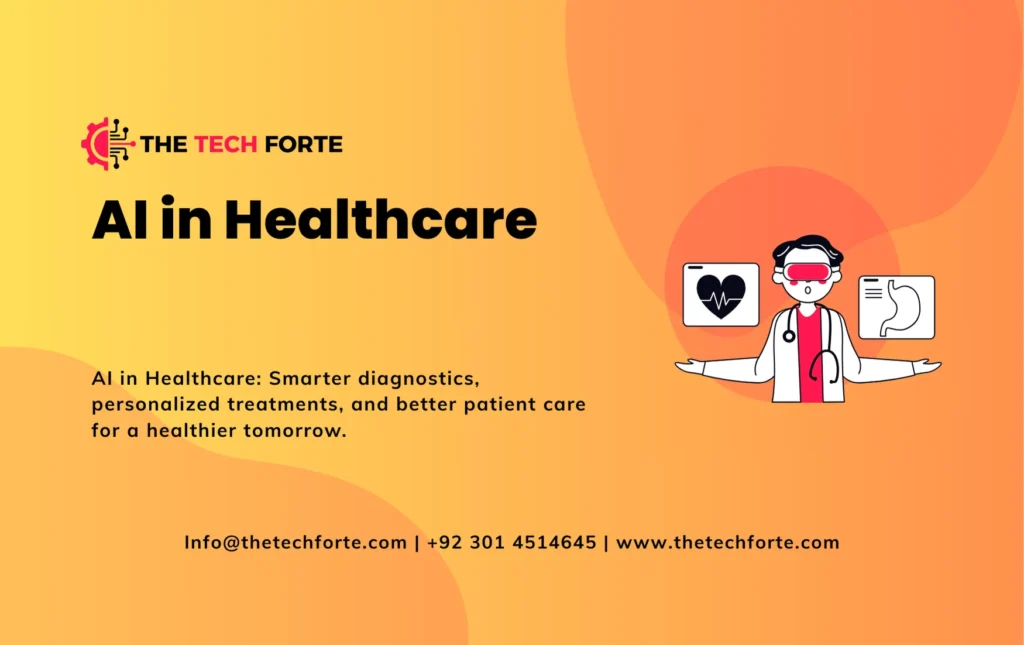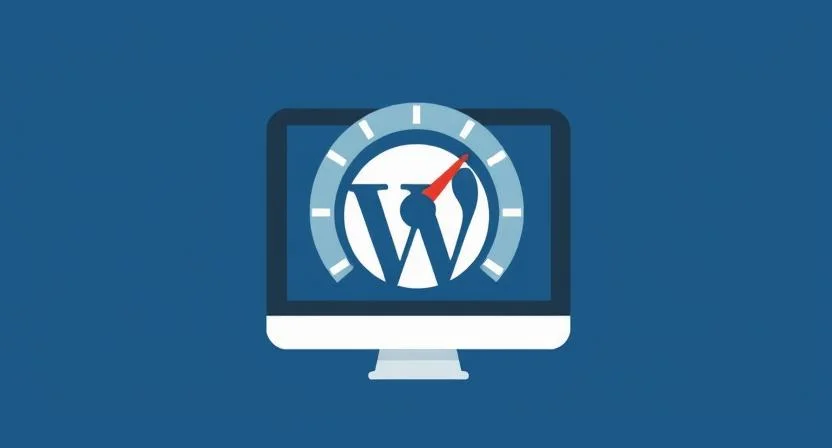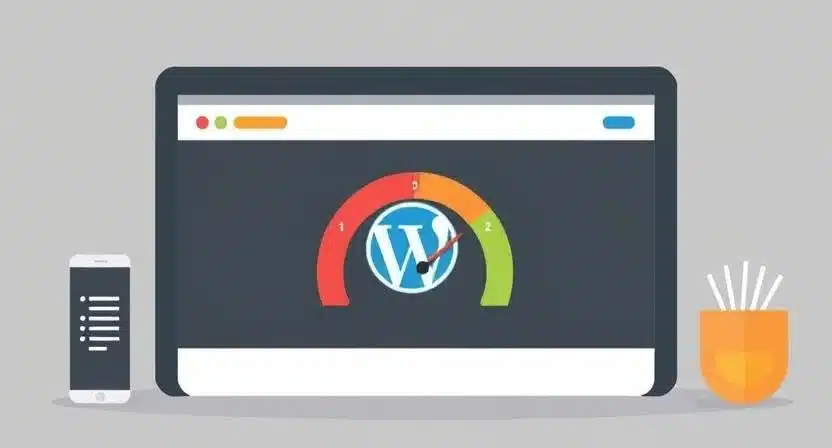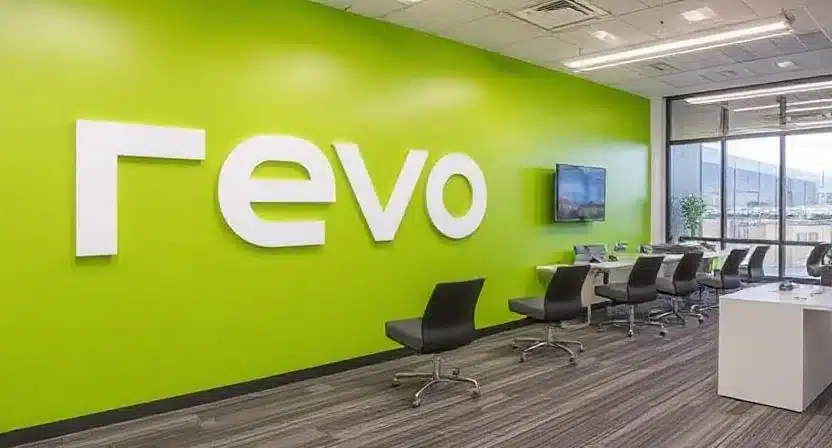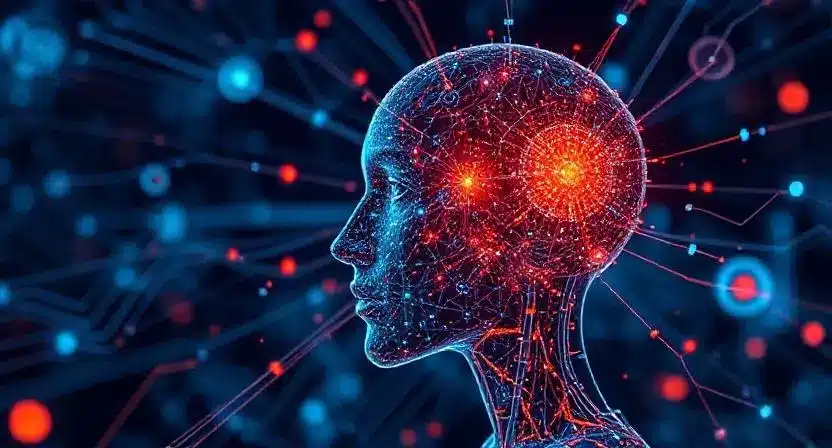The Impact of AI on Job Markets Worldwide

Artificial Intelligence (AI) is no longer a futuristic novelty; it is reshaping economies, transforming industries, and redefining the very nature of work. As AI adoption accelerates around the globe, it’s not only automating routine tasks but also creating new opportunities, altering workforce structures, and challenging long-held assumptions about employment. The impact of AI on job markets worldwide is profound, complex, and multi-dimensional.
In this article, we take a deep dive into how AI is influencing employment trends globally, exploring its effects on job displacement and creation, sector-by-sector transformations, workforce reskilling, economic inequality, and policy implications. Drawing on academic research, industry reports, and forward-looking analysis, we paint a comprehensive picture of how AI will reshape the job landscape for years to come.
AI and the Global Economy: A Transformation Engine
AI’s influence extends well beyond automating tasks; it is accelerating economic transformation at a structural level. According to analyses from leading research institutions, the integration of AI into business operations can significantly boost productivity, spur innovation, and unlock new business models.
Productivity Gains and Economic Growth
AI-driven automation offers firms the potential to streamline operations, reduce error rates, and make data-driven decisions. These efficiency gains lead to higher output per worker, which in turn fuels GDP growth. Nexford University, in its analysis, forecasts that as AI matures between 2026 and 2030, productivity enhancements will contribute substantially to global economic expansion.
But the growth is not uniform. Large, AI-savvy firms may benefit disproportionately, while smaller businesses lacking resources to invest in AI could struggle. This divergence risks creating a two-tier economy unless mitigated by public policy and investment.
New Business Models and Innovation
Beyond improving existing processes, AI is enabling entirely new business models. These range from personal assistants and AI-driven platforms to predictive analytics services and automated customer support. Businesses that lean into AI are developing new revenue streams such as machine-learning-as-a-service, intelligent supply chain orchestration, and real-time personalization.
This innovation spree is accelerating digital transformation across industries, pushing companies to rethink how they deliver value and engage customers.
Global Competitiveness and National Strategy
Countries and regions that invest heavily in AI are likely to gain a competitive economic edge. Governments around the world are recognizing this and designing national AI strategies to support research, infrastructure, workforce development, and regulation.
But such a race also introduces risk: nations that lag in AI adoption may see slower productivity growth and widening economic disparities. For emerging economies, the challenge lies in balancing investment in AI with inclusive growth, ensuring that the benefits of automation do not bypass large segments of the population.
Job Displacement vs. Job Creation: The Paradox of AI
One of the most debated aspects of AI’s impact on the labor market is the tension between job displacement (automation replacing roles) and job creation (new roles emerging thanks to AI).
Automation and Risk of Displacement
AI excels in automating repetitive, rule-based tasks, especially in sectors like manufacturing, back-office operations, customer service, and logistics. Studies suggest that certain roles, especially those with high routine content, are at elevated risk of automation. For example, predictive AI and robotic systems can take over data entry, invoice processing, or even some aspects of call center work.
Economists estimate that a significant portion of jobs may be highly susceptible to automation within the next decade. Some projections suggest up to 30-40% of tasks in certain job categories could be automated, though complete job elimination is less common than task transformation.
AI-Driven Job Creation
While some roles may shrink, AI also stimulates the creation of entirely new jobs. These include:
- AI development and engineering: Data scientists, ML engineers, AI ethics specialists
- AI operations: Prompt engineers, model maintenance, AI governance
- New business roles: AI product managers, automation strategists, AI-driven customer experience professionals
- Hybrid roles: Jobs combining domain expertise with AI interaction, such as AI-assisted healthcare professionals, educators, and financial analysts
Nexford’s analysis underscores this dual dynamic: automation displaces, but AI also spawns high-value and high-growth roles, particularly for well-trained workers.
The Net Employment Effect
Whether AI will lead to net job loss or net gain remains contentious. Many researchers argue for a reallocation effect: jobs will not disappear uniformly, but evolve. Some routine positions may decline, while higher-value, cognitively demanding roles grow.
However, the transition won’t be smooth. Workforce reskilling, reallocation of displaced workers, and social safety nets are critical to manage this shift. Without proactive interventions, the risk is not just unemployment, but long-term underemployment and inequality.
Sector-by-Sector Impact: Where AI Is Reshaping Jobs
AI’s impact varies significantly across industries. Below, we explore several key sectors where AI is already influencing job markets.
Manufacturing and Logistics
- Smart factories: AI-powered predictive maintenance and robotics are reducing downtime, increasing efficiency, and enabling just-in-time production. This may reduce demand for manual machinery operators but increase roles in robotics management, data analytics, and systems integration.
- Supply chain optimization: Predictive analytics help optimize inventory, forecast demand, and plan logistics more accurately, leading to fewer stock-outs and more demand for roles in supply chain planning, AI model training, and operations logic.
- Last-mile delivery: Autonomous vehicles and drones may automate some delivery tasks, but new jobs will emerge in maintenance, remote operations, and AI coordination.
Healthcare
AI in healthcare has massive potential to improve diagnosis, patient management, and administrative workflows. Key trends include:
- Clinical decision support: AI tools that help physicians predict disease progression or treatment outcomes will change the nature of medical roles.
- Administrative automation: Scheduling, billing, claims processing, and record-keeping are increasingly automated, reducing administrative burdens but increasing demand for AI oversight, data management, and compliance.
- New care models: Telemedicine platforms enhanced by AI analytics may require hybrid clinicians who combine medical expertise with digital tool proficiency.
Finance and Banking
AI is transforming financial services in powerful ways:
- Robo-advisory: Automated investing platforms reduce the need for human advisors for straightforward portfolios, but the demand for oversight, model calibration, and client education grows.
- Fraud detection: AI-driven anomaly detection flags suspicious patterns, requiring experts who can interpret alerts, validate risks, and adjust models.
- Underwriting & credit: Predictive analytics assess credit risk more dynamically, enabling more accurate lending decisions but also requiring roles in AI compliance, model management, and risk strategy.
Retail and E-commerce
- Personalized customer experiences: AI recommends products, tailors communications, and automates customer segmentation. This shifts marketing roles toward data strategy, AI coordination, and content oversight.
- Inventory management: AI predicts demand across SKUs and geographies, decreasing overstock and improving planning. Roles grow in demand planning, AI model retraining, and cross-channel coordination.
- Chatbots & virtual assistants: Customer service is partially automated, but human agents remain essential for escalation and strategy, particularly in higher-stakes or complex customer interactions.
Education and Training
- Adaptive learning platforms: AI-powered edtech tailors curriculum to student performance, requiring educators to oversee, interpret, and guide AI-driven learning systems.
- Teacher augmentation: AI can handle administrative tasks, grading, and routine feedback, freeing teachers to focus on high-impact mentorship and critical thinking.
- Lifelong learning: As AI reshapes job roles, there’s a growing demand for continuous reskilling and upskilling. Learning designers, AI tutors, and training strategists will become more central to educational institutions and corporations.
Workforce Reskilling: The Key to Unlocking AI’s Benefits
The future of work when AI is widespread will largely depend on one factor: reskilling. As job requirements shift, workers will need new skills, both technical and soft, to thrive.
Technical Skills for the AI Era
Some of the in-demand skills include:
- Data literacy: ability to understand, interpret, and work with data
- Machine learning fundamentals: understanding how AI models are built and validated
- Prompt engineering: designing effective inputs to generative AI systems
- AI governance: ethics, fairness, bias mitigation, and privacy
These skills will be relevant not just for AI developers but for domain specialists in healthcare, finance, logistics, and more.
Soft Skills and Adaptability
AI won’t replace all human roles, but humans must adapt. Workers will benefit from:
- Critical thinking: interpreting AI insights, not just acting on them
- Creativity: designing value beyond what automation can replicate
- Emotional intelligence: human-centric roles where interpersonal skills are essential
- Learning agility: continuous learning to stay relevant in a shifting job landscape
Institutional & Government Role
Effectively preparing the workforce requires coordinated investment from governments, companies, and education providers. Key interventions:
- Public funding for AI-focused vocational training and bootcamps
- Partnerships between industry and academic institutions to build a curriculum aligned with evolving job roles
- Lifelong learning incentives: tax credits, subsidized programs, or employer-supported reskilling
- Social safety nets: policies for displaced workers, including income support and job placement programs
Countries that proactively support reskilling can reduce inequality and ensure the benefits of AI are broadly shared.
Economic & Inequality Implications
AI is a double-edged sword for inequality. While it offers opportunities for growth and innovation, it also risks widening existing socioeconomic divides if not managed responsibly.
Wage Polarization
As AI automates routine tasks, wage structures may polarize. High-skill, high-paying jobs (AI engineers, strategy designers, data scientists) will likely be in greater demand, while middle-skill roles (clerical work, basic analytics) may shrink. This could amplify wage inequality if the middle tier erodes.
Geographic Disparities
Regions with strong AI ecosystems, such as Silicon Valley, Shenzhen, or major European hubs, stand to benefit more, while less-connected regions may lag. Without investment in digital infrastructure and education, AI-driven growth risks being unevenly distributed, reinforcing geographic inequality.
Access to AI-Enabled Opportunity
Access to AI training and high-tech jobs may be limited by socioeconomic status. If reskilling programs are not equitable, historically marginalized communities may be excluded from the most lucrative AI jobs, exacerbating social divides.
Policy Interventions for Equity
Policymakers have a critical role in ensuring that AI’s benefits are broadly shared:
- Implementing tax incentives for companies that invest in employee reskilling
- Supporting universal or targeted access to AI education
- Regulating workforce displacement and job transition support
- Encouraging public-private collaborations for inclusive tech training
By proactively addressing inequality risks, AI can be a force for inclusive economic growth.
Ethical, Legal & Societal Risks of AI in the Labor Market
AI’s disruption of the job market raises several ethical and legal questions:
Surveillance and Worker Autonomy
AI-driven monitoring tools (like performance-tracking software) can optimize productivity but may erode worker privacy and autonomy. Over-reliance on such systems risks turning workplaces into surveillance ecosystems, reducing trust and human dignity.
Algorithmic Bias in Hiring
Recruitment tools powered by AI can perpetuate existing biases if trained on historical data with discriminatory patterns. For example, gender, race, or age bias may be encoded if not deliberately corrected. This poses significant fairness risks in hiring, promotion, and compensation decisions.
Liability & Accountability
When AI systems make or suggest hiring or firing decisions, determining accountability becomes complex. Who is responsible when a biased algorithm rejects a candidate? Organizations must design processes that offer appeal mechanisms, human oversight, and transparent decision-making.
Job Displacement & Social Support
Ethically, there is an imperative to protect workers who lose their jobs due to AI. Without social safety nets, displaced workers may face hardship and social exclusion. Governments, companies, and communities need to collaborate on policies that support displaced workers with reskilling, transition, and income support.
Collective Bargaining & Worker Rights
Workers’ rights in the AI-driven workplace will need to evolve. Trade unions and worker associations may need new frameworks to negotiate AI usage, data sovereignty, performance monitoring, and skill recognition.
Global Policy Landscape & Governance
Because AI’s impact on employment is global, effective governance requires cross-border cooperation and national strategy. Key policy imperatives include:
- National AI strategies: Many governments are launching AI plans with specific workforce development objectives, focusing on education, infrastructure, and research.
- Regulating automation risk: Policymakers may impose measures like “automation taxes,” incentives for human + AI hybrid jobs, or universal basic income models to offset displacement risk.
- International collaboration: Multilateral institutions (e.g., OECD, UN) may coordinate to set standards for labor transformations, gig economy protections, and AI ethics in employment.
- Data protection & labor rights: As work becomes more data-driven, labor laws must ensure worker privacy, fair compensation for data use, and protections against algorithmic exploitation.
A well-governed AI future must align innovation with social justice, economic inclusion, and worker dignity.
Preparing for the Future: Strategy for Companies, Workers & Educators
For Companies
- Integrate AI in workforce planning: Use predictive models to forecast automation risk, retraining needs, and new role creation.
- Invest in reskilling programs: Partner with educational institutions to train employees in AI, data science, and digital skills.
- Adopt ethical AI practices: Use transparent algorithms, audit for bias, and enable human override in high-stakes decisions.
For Workers
- Upskill proactively: Learn relevant skills such as data literacy, AI fundamentals, prompt engineering, or AI governance.
- Build adaptability: Cultivate soft skills like critical thinking, creativity, and leadership that complement AI.
- Participate in policy discussions: Advocate for fair AI deployment, worker protections, and lifelong learning support.
For Educators & Institutions
- Revamp curriculum: Embed AI, data science, and ethics across disciplines, not just computer science.
- Foster partnerships: Work with industry to design reskilling bootcamps, apprenticeships, and micro-credentials for emerging AI jobs.
- Support equitable access: Ensure marginalized communities benefit from AI education and future work.
Scenarios: What the AI-Driven Labor Market Might Look Like
To illustrate potential futures, consider two contrasting scenarios for 2030:
Scenario A: Inclusive Automation
- Governments, businesses, and educational institutions aggressively reskill displaced workers.
- AI augments rather than replaces most roles.
- Most workers transition into hybrid roles combining domain expertise with AI oversight.
- Social safety nets and policy frameworks support equitable retraining and job mobility.
- Result: Productivity soars, inequality narrows, and global economic growth is broadly shared.
Scenario B: Automation Without Support
- Automation accelerates, but reskilling lags.
- Many displaced workers stagnate in low-paid jobs or long-term unemployment.
- AI governance and regulation fail to keep up, leading to algorithmic bias, surveillance, and worker disempowerment.
- Economic inequality widens, and social unrest grows.
- Result: Productivity gains benefit only a technological elite, while large portions of the workforce are left behind.
The path we take will largely depend on how governments, firms, and society invest in inclusive AI strategies.
Final Thoughts: Shaping a Human-Centered AI Economy
AI promises to reshape the job market in profound ways. Its impact will not be uniform; some jobs will disappear, new roles will be created, and many will transform. The impact of AI on job markets worldwide is not predetermined. It hinges on how we choose to deploy technology, reskill our workforce, and build policy frameworks.
- Workers must be prepared to learn continuously.
- Companies must design AI strategies that uplift rather than displace.
- Policymakers must enact measures that secure economic opportunity and prevent inequality.
- Society must grapple ethically with issues of fairness, transparency, and trust in AI-driven decisions.
By centering our approach on education, inclusion, and responsible innovation, we can harness AI’s power to build a future of work that is both technologically advanced and human-centered. The rising tide of AI does not have to drown jobs; if guided wisely, it can lift opportunities.




